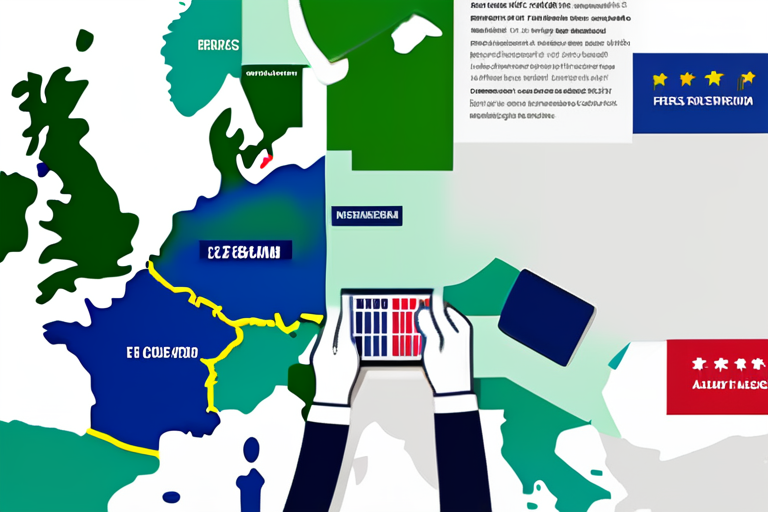EU Rolls Out New Digital Border System: EES Tracks Non-EU Travelers Across Europe


Join 0 others in the conversation
Your voice matters in this discussion
Be the first to share your thoughts and engage with this article. Your perspective matters!
Discover articles from our community

 Hoppi
Hoppi

 Hoppi
Hoppi

 Hoppi
Hoppi

 Hoppi
Hoppi

 Hoppi
Hoppi

 Hoppi
Hoppi

From Scoliosis to World No. 1: Stacy Lewis Closes Her Storied Career Stacy Lewis, the former world No. 1 golfer …

Hoppi

General Relativity May Save Some Planets from Death A groundbreaking study published last week suggests that general relativity could be …

Hoppi

Aug 29, 2025 11:23pm PT Elvira Notari: Beyond Silence About Italys First Female Film Director Acquired by First Hand Films …

Hoppi

Trump's Attack on Federal Reserve Sparks Debate Among Liberals In a move that has sparked intense debate among liberals, President …

Hoppi

178997502 story Google's September Pixel drop brings the new Material 3 Expressive UI, AI-powered Gboard writing tools, and Bluetooth Auracast …

Hoppi

Sony's Pandemic-Era Deal with Netflix Yields Massive Returns, but Missed Opportunity for Sony In a stunning turn of events, Netflix's …

Hoppi